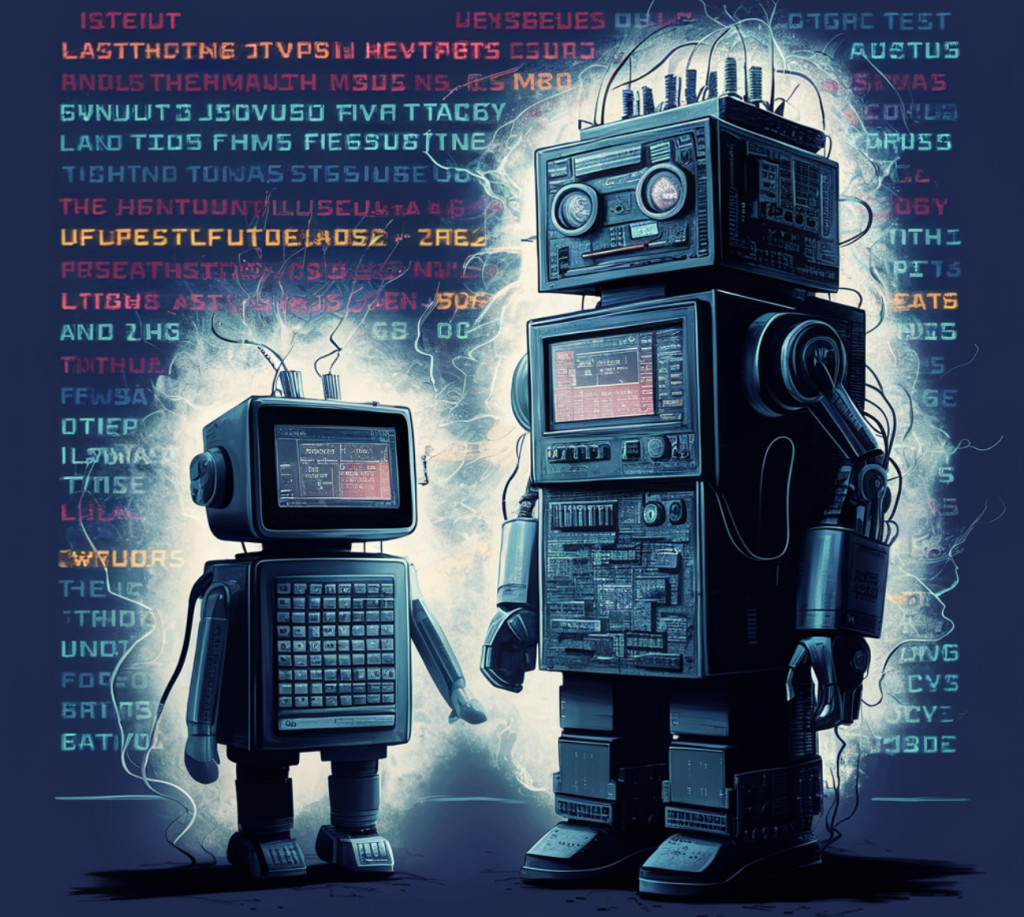Small and large language models represent two approaches to natural language processing (NLP) and have distinct advantages and challenges. Understanding and analyzing the differences between these models is essential for anyone working in AI and machine learning.
Small Language Models: Precision and Efficiency
Small language models, often characterized by fewer parameters and lower computational requirements, offer several advantages in terms of efficiency and practicality. These models are typically easier to train and deploy, making them suitable for applications where computational resources are limited or where real-time processing is necessary. Small models excel in specific, well-defined tasks where a large amount of training data is not required or where the model can be fine-tuned on a smaller, more focused dataset.
One of the primary benefits of small language models is their ability to be deployed on devices/applications with limited computational power, like mobile phones or embedded systems. This makes them ideal for applications like on-device speech recognition, personalized recommendation systems, or real-time translation services. Smaller models tend to require less energy, which is important in environments where power consumption is critical.
However, the simplicity and efficiency of small models come with certain limitations. These models must help understand complex language patterns or generate coherent text over long passages. Their limited capacity can result in less accurate predictions or more generic responses, particularly when dealing with ambiguous or nuanced language. In scenarios where high accuracy and deep understanding are required, small models may fall short.
Large Language Models: Power and Versatility
Large language models, such as those with billions of parameters, represent a different end of the spectrum. These models have demonstrated remarkable capabilities in understanding and generating human-like text, often achieving state-of-the-art performance on various NLP tasks. Their sheer size allows them to capture intricate language details, including context, nuance, and long-term dependencies.
The power of large language models lies in their ability to perform well across various tasks without the need for extensive task-specific fine-tuning. For example, models like OpenAI’s GPT series have generated creative writing, answered complex questions, and even simulated conversations with high coherence and relevance. The versatility of large models makes them invaluable in research, content creation, and any application where understanding or generating complex text is required.
However, deploying large language models is challenging. These models require substantial computational resources for training and inference, often necessitating specialized hardware like GPUs or TPUs. The energy consumption associated with running large models is also a significant concern.
Another challenge with large models is their potential for generating biased or harmful content. Due to the vast amount of data they are trained on, these models may inadvertently learn and reproduce biases in the training data. Ensuring the ethical use of large language models requires consideration of the data used for training and ongoing monitoring of the model’s outputs.
Balancing the Trade-offs
The choice between small and large language models ultimately depends on the application’s specific needs. Small models offer efficiency and practicality, making them ideal for applications where resources are limited or where real-time processing is essential. On the other hand, large models provide unmatched power and versatility, enabling advanced capabilities in understanding and generating complex text.
In some cases, a hybrid approach may be the most effective solution. For example, a small model could be used for initial text processing or filtering, while a large model could be used for more in-depth analysis or generation. Balancing the strengths and weaknesses of both small and large models enables optimal performance while managing the trade-offs in computational resources, accuracy, and versatility.
In conclusion, the debate between small and large language models concerns something other than which is inherently better but rather about which is more appropriate for a given task. Both have their place in the evolving landscape of NLP and understanding their respective strengths and limitations is key to making informed decisions in AI development.
The post Small and Large Language Models: Balancing Precision, Efficiency, and Power in the Evolving Landscape of Natural Language Processing appeared first on MarkTechPost.
Source: Read MoreÂ



